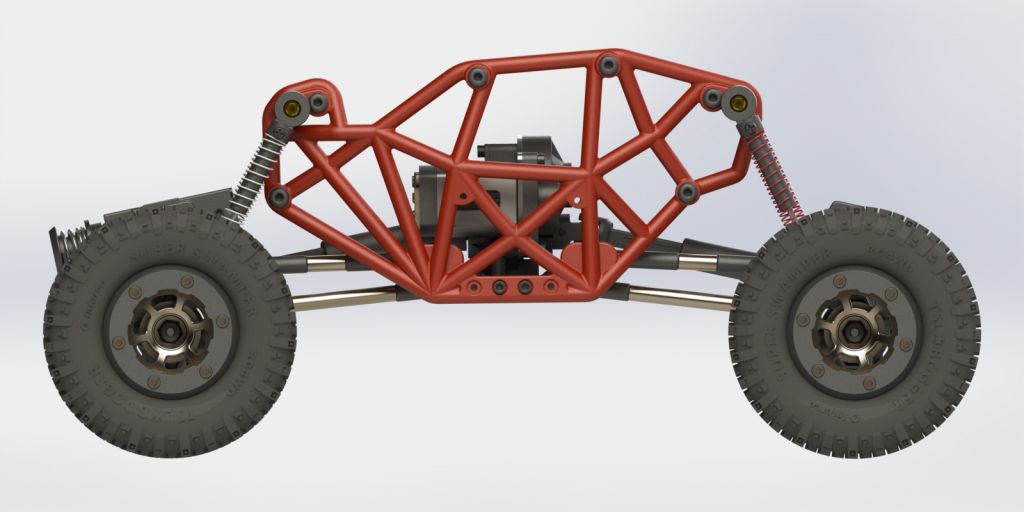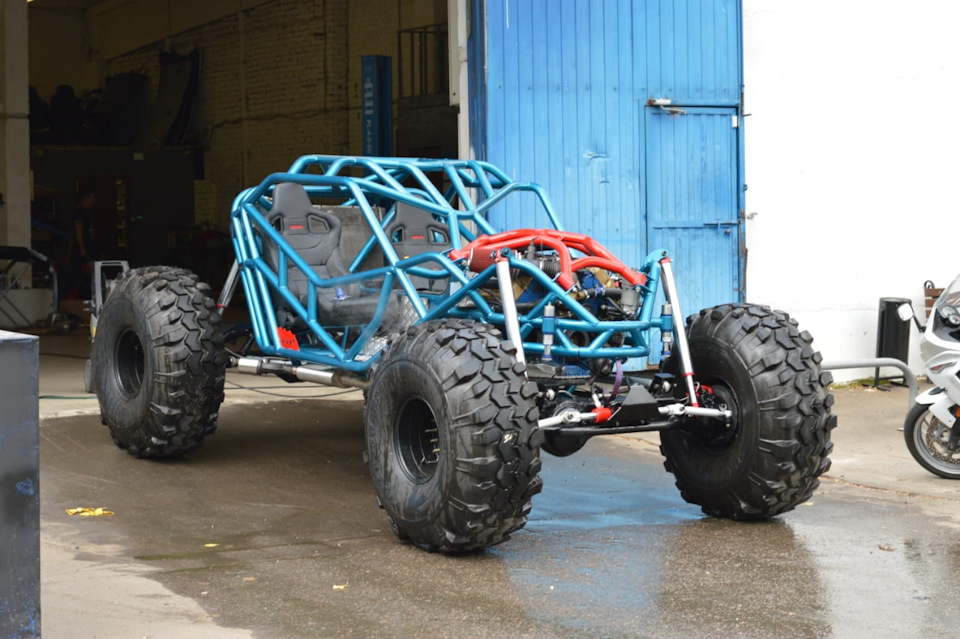When you hear “crawlers,” it might sound a bit creepy, but in the world of SEO, they’re essential for keeping the internet organized. Crawlers, also known as bots or spiders, are programs created by search engines to explore the internet and gather information. Think of them as digital librarians working tirelessly to catalog every webpage they find so it’s easier for search engines like Google to show relevant results when you search for something.
When a crawler visits your website, it reads and analyzes each page, storing data that helps search engines understand your content. Crawlers follow links, check images, look at text, and even examine your site’s structure. This information helps search engines decide where your site should appear in search results, impacting your visibility and traffic. So, if you want people to find your website, understanding how crawlers work is essential. By optimizing your site, you can ensure these crawlers understand what’s on each page, which can make a big difference in your ranking.
How Do Crawlers Work?
Crawlers follow a specific process when they explore websites, working like meticulous researchers. First, they start by finding a webpage through a list provided by the search engine or by following links. Once on a page, the crawler reads its content, analyzes images, and checks the layout. Then, it follows links on that page to discover more pages, repeating this process as it moves through the web.
Each time a crawler visits a new page, it saves information about that page in a giant database called an index. This index is like a library where every webpage is cataloged based on its content. When you search for something, search engines use this index to quickly find pages that match your query. This is why understanding how crawlers work is so important: if they can’t access or understand your content, your website may not show up in search results, limiting your visibility. To ensure crawlers work efficiently, focus on clear, accessible content and strong website structure.
Types of Crawlers
There are different types of crawlers, each serving a unique purpose in the online ecosystem. The most common type is the search engine crawler, used by platforms like Google, Bing, and Yahoo. These crawlers focus on finding and indexing content that matches user queries, so search engines can quickly deliver relevant results. Another type is the social media crawler, used by platforms like Facebook and Twitter. These crawlers are interested in content shared on social media, helping the platform generate previews of linked content, like images and snippets.
Apart from search engines and social media, other specialized crawlers exist. Some are designed for specific websites, analyzing only a certain type of data, such as pricing information on e-commerce sites. Others might be used for research, gathering data for academic or business purposes. Knowing the types of crawlers that visit your site can help you understand which platforms find your content valuable and how you can further optimize your site for each type. Tailoring your content and structure for search engine crawlers is usually a good place to start.
Why Crawlers Matter for SEO
For anyone managing a website, crawlers are crucial because they directly impact your site’s SEO performance. SEO, or Search Engine Optimization, is all about making your site as visible as possible in search results. If crawlers can easily find, understand, and index your content, it’s more likely to show up when users search for related topics. In simple terms, crawlers are the bridge between your website and potential visitors – they make your site discoverable.
When crawlers understand your content, it’s easier for search engines to rank you accurately. This is why having a crawlable website is a priority in SEO. Issues like broken links or poorly structured pages can confuse crawlers, leading to lower rankings. By addressing these potential problems and making your site more crawlable, you give your website the best chance of performing well. A website optimized for crawlers is likely to see improved visibility, which ultimately translates to more traffic and engagement.
Optimizing Your Website for Crawlers

Making your site crawler-friendly is a top priority if you want to boost your SEO. Start by creating a clear site structure, as crawlers rely on easy navigation to understand your site. Use an XML sitemap, a file that lists all pages on your site, which helps crawlers find and index each one. Including an XML sitemap in Google Search Console can also speed up the indexing process.
Internal linking is another effective way to improve crawler navigation. By linking related content within your website, you create pathways for crawlers to follow, ensuring they see all your important pages. Avoid blocking crawlers by mistakenly using a “noindex” tag on pages you want to appear in search results. Finally, ensure all your links work correctly. Broken links confuse crawlers and can negatively affect your rankings. By regularly auditing your site and focusing on these simple practices, you make it easier for crawlers to do their job and help your website perform better in search results.
Tools to Monitor Crawling Activity
To keep track of how crawlers interact with your website, several tools are available to help monitor and optimize crawling activity. Google Search Console is one of the most popular options, allowing you to see how Google’s crawler, Googlebot, is visiting and indexing your site. It also helps identify crawling issues like blocked pages or errors that may prevent your site from appearing in search results. Another valuable tool is Screaming Frog, a website crawler that provides detailed insights into your site’s structure, broken links, and other SEO factors.
Using tools like these, you can gain a better understanding of how crawlers see your website. This allows you to spot any potential issues and fix them before they impact your rankings. Regularly monitoring your site with these tools can make a big difference in your website’s performance, ensuring that crawlers have no obstacles in accessing and understanding your content.
Crawlers and the Future of SEO
The future of crawlers in SEO is closely tied to advancements in technology, particularly artificial intelligence (AI) and machine learning. Modern crawlers are becoming smarter, learning to analyze content with more depth and understanding context, which allows them to deliver even more accurate search results. This means that simple keyword-stuffing techniques are no longer effective; instead, crawlers prioritize content that provides real value and context to users.
As these technologies evolve, website owners must adapt by focusing on high-quality content that answers users’ questions and solves their problems. This trend also means a greater emphasis on structured data, which helps crawlers understand content more precisely. Structured data, such as schema markup, provides extra information about your content, helping crawlers categorize and index it more effectively. Staying updated on crawler trends and preparing for future changes can give your site a competitive edge in the evolving SEO landscape.
Conclusion
In summary, understanding and optimizing for crawlers is essential for anyone who wants their website to succeed in the online space. Crawlers are the foundation of search engines, indexing content, and making it accessible to users. By knowing how crawlers work and tailoring your site accordingly, you’re ensuring that your content can reach the right audience. Implementing strategies like clear site structure, internal linking, and using tools like Google Search Console can significantly improve your crawler-friendliness and boost your SEO.
Looking ahead, the future of SEO with crawlers is bright but requires staying informed about the latest developments. With the rise of AI-driven crawlers, providing valuable, well-structured content is more important than ever. By continuously optimizing and staying updated, your website can thrive in search results, bringing in more traffic, and helping you reach your goals.
